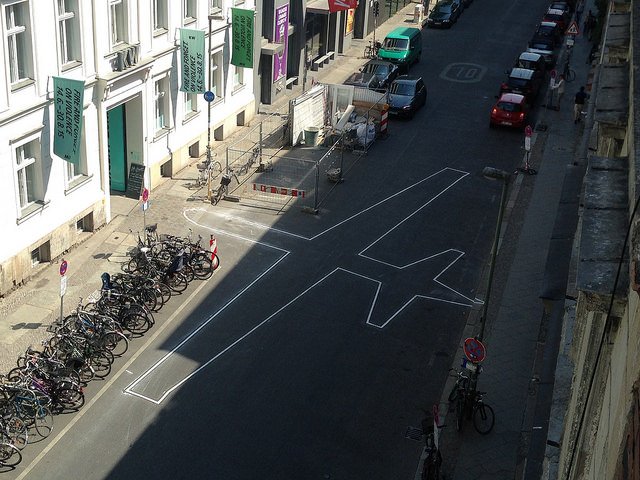An NHS drone, delivering medicines to cancer patients: who could object? But these are still militarising technologies
From Positive News
We know drones primarily from warfare - this years’ top Christmas toy in Ukraine, we are told, is “a plush replica of a Bayraktar TB-2”, a Turkish-made military drone that has helped the Ukrainian forces to some of their most notable victories. In other theatres of war (say the Gaza Strip), drones are known for their buzzing sound, their unpredictable lethality, the sheer disruption of social life they cause.
But as scholars are pointing out, drones have also become banal for our everyday lives - their non-military uses range “from agricultural drones to drone delivery systems, from humanitarian drones to medical drones, from hobbyist photography drones to spectacular drone light displays [also, environmental surveillance]… Drones have become technological woodwork”.
Yet as the scholars also ask, the daily acceptability of drones may mask “how we have come to create and accept a ‘targeted class’, whom we allow to be on the receiving rather than controlling end of drone use” - say, in “monitoring and securing borders against migrants, to surveil domestic protests, with and police drones being used to enforce exceptional rules like lockdowns during the first wave of COVID-19”.
We are taken to these thoughts by the extraordinary picture above, which places the drone at the heart the UK’s most beloved institution, and which we first saw in a Positive News story. As they write:
Their use by the military and for surveillance purposes has earned them many critics, but drones are becoming an increasingly effective tool in the battle against cancer and other diseases.
England’s National Health Service (NHS) is among those trialling the vehicles to deliver fragile medicines to cancer patients living on the Isle of Wight.
Chemotherapy drugs can have short shelf lives meaning patients often have to make the expensive hop over to the the mainland for treatment. Delivering medication by car and ferry takes around four hours, but drones slash the journey time to just 30 minutes.
The NHS England website continues:
Each drone delivery replaces at least two car journeys and one hovercraft or ferry journey per delivery – saving carbon emissions and contributing to improving air quality for patients and the community.
It will also help the NHS become the first health system in the world to become carbon neutral.
The drone programme will be trialled initially in the Isle of Wight followed by Northumbria and could allow clinicians to make “same-day orders” for vital medical equipment and other treatments.
This seems to be part of a Gov.UK initiative to boost “commercial drone use by 2030” - this rather terrifying image shows their “key drivers”:
The UK government is acutely aware of the need to research and anticipate “public and social readiness” for what they are all too blandly calling the domain of “Future Flight” - which at the moment, as they dolefully report, is imagined by scary movies:
Media and cultural industries (for example) create future imageries for flight, and how this shape norms and expectations, in publics external to, but also within, the innovation ecosystem. For instance, drones are often highlighted in the media, or depicted in film, when used for potentially controversial or harmful purposes, such as in warfare, for spying, or terrorism.
Looks like there remains a role for artists and storytellers to sustain our caution about the air immediately above our heads becoming a cluttered, noisy, possibly dangerous thoroughfare (see James Bridle below):
From James Bridle, Drone Shadow 008



